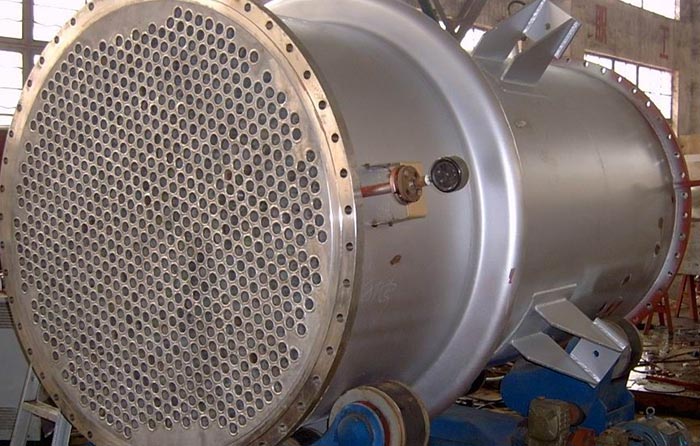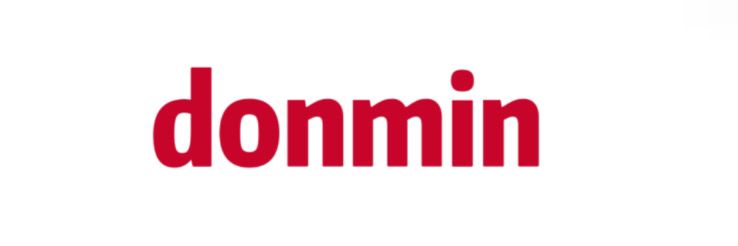How to Overcome Challenges When Buying Clad Steel Plates
Understanding the Basics of Clad Steel Plates
Clad steel plates are composite materials made by bonding two or more different metals together. They combine the strength of carbon steel with the corrosion resistance of a different material, like stainless steel or nickel alloys. These plates are essential in industries such as shipbuilding, petrochemical plants, and energy production. However, the process of purchasing clad steel plates can present several challenges that buyers need to address carefully.
Common Challenges When Buying Clad Steel Plates
1. Selecting the Right Cladding Material
One of the most common issues when purchasing clad steel plates is choosing the right cladding material. The cladding is the outer layer of the plate and plays a crucial role in the performance of the steel. Different applications require different materials based on factors like corrosion resistance, temperature tolerance, and mechanical strength. For example, stainless steel is a common cladding material used in environments with high corrosion exposure, while nickel alloys are used for their resistance to extreme heat and chemical corrosion.
To avoid this mistake, carefully assess the environmental conditions in which the clad steel will be used. Will it face corrosive chemicals, high heat, or extreme pressures? By knowing the specifics of your project, you can choose the appropriate cladding material.
2. Understanding the Bonding Process
Another potential issue arises when buyers are unfamiliar with the bonding process of the cladding to the base steel. The quality of the bond between the materials is crucial, as poor bonding can lead to delamination, cracking, or reduced performance under stress. There are different methods for bonding steel, such as explosive bonding, hot rolling, or weld cladding. Each method has its advantages and limitations depending on the application.
For instance, explosive bonding provides a strong bond but may not be suitable for thin sheets or highly intricate shapes. On the other hand, hot rolling is commonly used for larger plates, providing uniform bonding but requiring specific conditions to avoid imperfections. Be sure to ask your supplier about the bonding process used in your steel plates and how it aligns with your project’s requirements.
3. Price Discrepancies Based on Specifications
Clad steel plates can be expensive, and many buyers struggle with the price variations across different suppliers. The price is often influenced by several factors, including the thickness of the plate, the cladding material, and the production method used. For example, plates with thicker cladding or those made through explosive bonding tend to be more expensive than those made using simpler methods.
To manage costs effectively, always ensure that you get detailed quotes from suppliers that break down the prices based on material type, thickness, and the production process used. This will give you a clear understanding of where your money is going and help avoid overpaying for unnecessary specifications.

4. Difficulty in Verifying Material Specifications
Ensuring that the clad steel plates meet the necessary specifications for your application is another challenge. Buyers may find it difficult to verify whether the material is up to standard, as certifications and quality checks may vary from supplier to supplier. If the supplier doesn't provide detailed certificates of compliance or test reports, you may be left uncertain about the quality of the steel plates.
To solve this issue, ask the supplier for relevant certifications and request test reports, including mechanical properties, corrosion resistance, and chemical composition. Trusted suppliers should be willing to provide these documents, which will give you peace of mind about the quality of the material you’re purchasing.
Real-World Example of Overcoming Pitfalls
A major manufacturing company in the oil and gas sector faced delays in their project due to poor-quality clad steel plates. The supplier had used an unsuitable bonding process, causing the plates to separate under high-pressure conditions. After addressing the issue with the supplier and ensuring they received the correct bonding method and cladding material, the company was able to complete their project successfully. This experience taught them the importance of clearly communicating project requirements and thoroughly verifying material quality before making a purchase.
In another case, a shipbuilding company encountered unexpected corrosion problems with their clad steel plates because the cladding material was incompatible with the marine environment. They switched to a more corrosion-resistant material, stainless steel, for their new order, solving the issue and improving their ship’s longevity in seawater.
How to Avoid Common Problems When Buying Clad Steel Plates
1. Know Your Application's Requirements
The first step in purchasing clad steel plates is understanding the specific requirements of your application. Is your project exposed to chemicals, high heat, or extreme pressure? By clearly defining the environment in which the plates will be used, you can select the appropriate cladding material and bonding process.
2. Work with Reputable Suppliers
Choose suppliers that have a proven track record of providing high-quality materials. Make sure they offer clear product documentation, including certifications and test reports. This will help ensure that the materials meet your standards and reduce the risk of purchasing low-quality plates.
3. Request Samples or Test Reports
Before committing to a large order, request samples or test reports to verify that the clad steel plates meet your specific requirements. This is particularly important when the material will be used in demanding conditions, such as in petrochemical plants or marine environments.
4. Double-Check Price and Specifications
When comparing prices, make sure you understand the breakdown of costs based on material type, thickness, bonding process, and surface finish. Don't hesitate to ask suppliers for detailed explanations of their pricing structure to ensure you’re not overpaying for features that you don’t need.
Next Steps
If you’re ready to purchase high-quality clad steel plates that meet your specifications, reach out to our team. We offer expert consultation to help you choose the right material for your project and provide detailed product documentation to ensure complete satisfaction with your purchase.
- Previous: None
- Next: None

